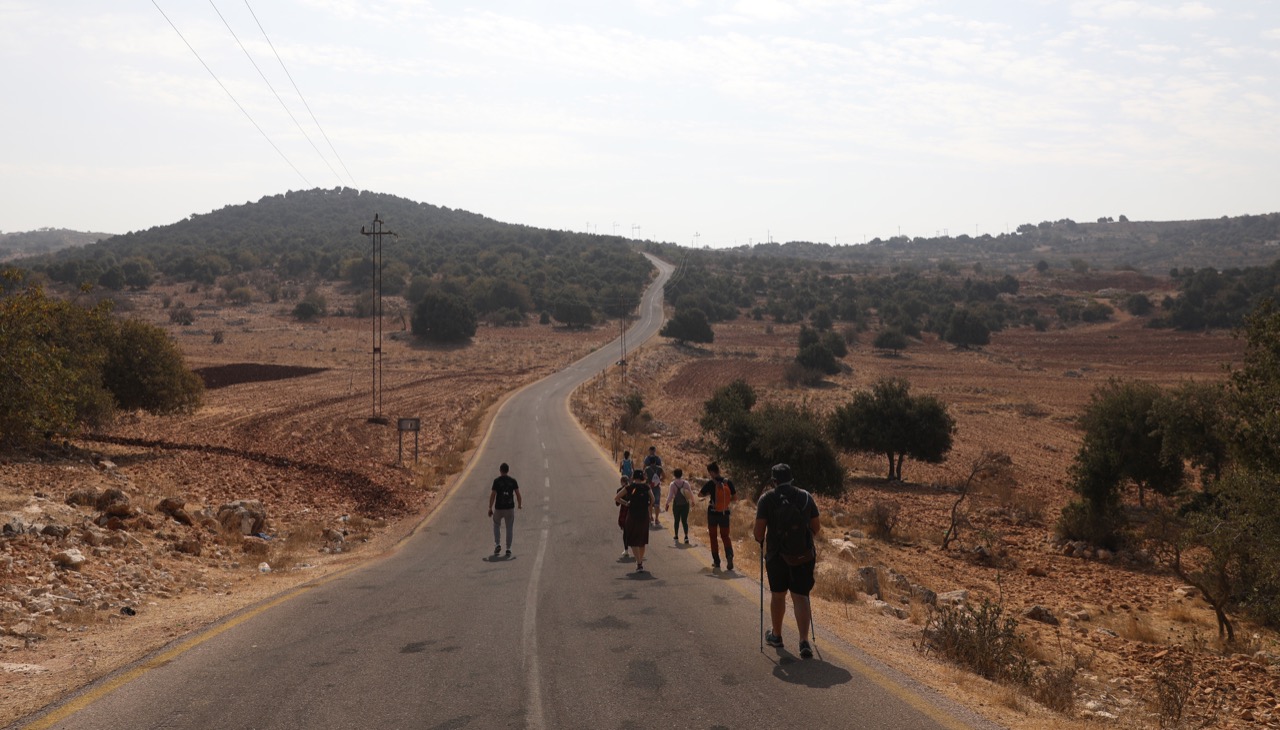How can donors support local NGOs towards a real local turn?
Looking at the Grand Bargain, the shift towards localization implies mainly changing current funding schemes – which reporting mechanisms fall into – and thinking about new ways to collaborate between stakeholders from the Global South and the Global North. In the agreement, three out of six clauses of the section on localization in the agreement revolve around financing. In one of the clauses, the signatories to this agreement pledged to yield 25% of their funding directly to local actors by 2020. In another one, the Grand Bargain calls for longer-term funding, whereas another one invites stakeholders to create, “pooled funds”[1]. Furthermore, in 2021, the signatories of the Grand Bargain launched a reform of the agreement, channeling their efforts to reframe objectives towards a ‘Grand Bargain 2.0’. Regarding the localization of aid, the Grand Bargain stakeholders recognized the need for pushing towards ‘quality funding’ and ‘participation’ as the two ‘Enabling priorities’ to move forward.
The Grand Bargain’s Commitments on Localization[2]
- Increase and support multi-year investment in the institutional capacities of local and national responders, including preparedness, response and coordination capacities, especially in fragile contexts and where communities are vulnerable to armed conflicts, disasters, recurrent outbreaks and the effects of climate change. We should achieve this through collaboration with development partners and incorporate capacity strengthening in partnership agreements.
- Understand better and work to remove or reduce barriers that prevent organizations and donors from partnering with local and national responders in order to lessen their administrative burden.
- Support and complement national coordination mechanisms where they exist and include local and national responders in international coordination mechanisms as appropriate and in keeping with humanitarian principles.
- Achieve by 2020 a global, aggregated target of at least 25% of humanitarian funding to local and national responders as directly as possible to improve outcomes for affected people and reduce transactional costs.
- Develop, with the Inter-Agency Standing Committee (IASC), and apply a ‘localization’ marker to measure direct and indirect funding to local and national responders.
- Make greater use of funding tools which increase and improve assistance delivered by local and national responders, such as the UN-led country-based pooled funds (CBPF), IFRC Disaster Relief Emergency Fund (DREF) and NGO-led and other pooled funds.
This situation arises due to the inherent deficiencies and complexities within the current funding framework for local NGOs. This issue is rooted in a deep-seated mistrust that prevails towards these organizations. Foreign donors are fearful that local NGOs might exploit the system for personal gain, resulting in embezzlement and misappropriation of funds. A significant portion of available grant opportunities fails to account for essential administrative costs or overhead expenses. Furthermore, these funding avenues come with intricate procedural requirements and compliance mechanisms, further exacerbating the challenges faced by local NGOs in securing and managing funding.
So, how can donors support local NGOs towards a real local turn?
If donors want to play a role in shifting the aid sector towards a real localization of aid, they need to change the way they manage the attribution of funding.
- Give quality funding
Quality funding includes having a good proportion of overheads or allowing local NGOs to budget for administrative costs. Like for all of us, when we feel that our own safety is threatened, we act in desperate ways. When we feel like the rug is pulled out and we don’t know how we’ll be able to pay our rent, we develop strategies to subsist to our basic needs. A strong NGOs is an organization that can invest in its employees in the long-term to be able to retain valuable skills.
Quality funding also consists of ensuring that local NGOs can subsist for a certain period of time. Therefore, grants should be attributed for periods of at least 2 to 3 years. Development work does not happen overnight, requires investment with communities and long-term commitment.
- Streamline your paperwork
The reliance on donor funding comes with heavy compliance mechanisms that takes local NGOs away from their work with communities. Donors should rethink their compliance mechanisms and design them to be lightweight and adaptable, reflecting the flexible nature of the funding process. In addition to document-based assessments, donors could conduct interviews with bidders to gain deeper insights into their concepts and approaches.
- Let local NGOs decide on priorities for funding
Donors bring forward their own policy priorities in their call for proposals and funding opportunities. But the Localization of aid is calling us to do the exact opposite: let the locals decide! If we want local NGOs to play a strategic role, then they need to be in the driving seat in shaping where the funding goes.
In parallel, to foster a fairer and more transparent funding environment, several donors could establish pooled funds, managed by representatives from different local NGOs. This is what the Start Fund Bangladesh is currently doing. The combination of both funding mechanisms will help to prevent nepotism and provides local NGOs with a better chance to access funding.
- Get to know the local NGOs
And finally, donors should not administer funding without knowing they are giving the funds to. Here, I am talking about really getting to know them. Go to their offices, speak with them, meet their community, stay in the country and have a consistent presence. It is necessary to establish local teams that are readily available to engage in dialogue and understand their concerns. This understanding is then used to shape the development of calls for proposals.
[1] Where multiple donors can give to the same fund which is then redistributed among aid actors in a given country for a given emergency.



Comments are closed